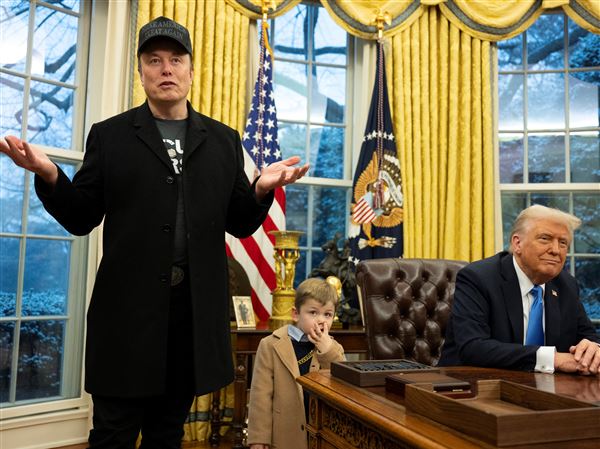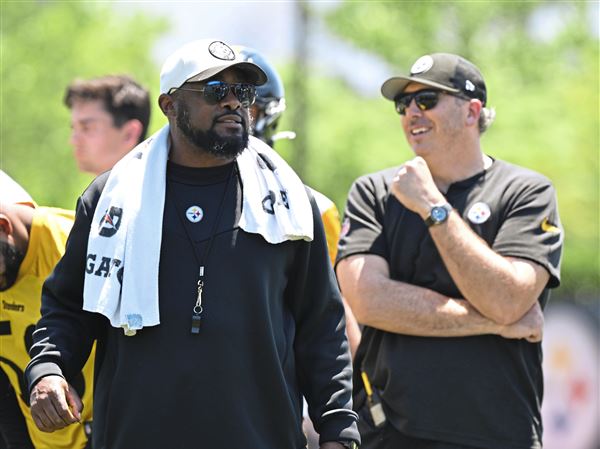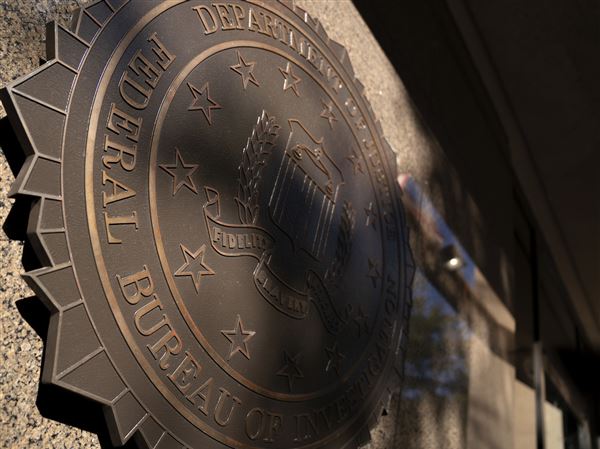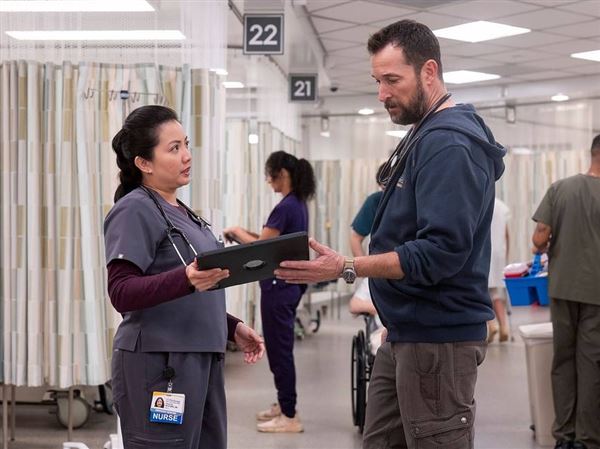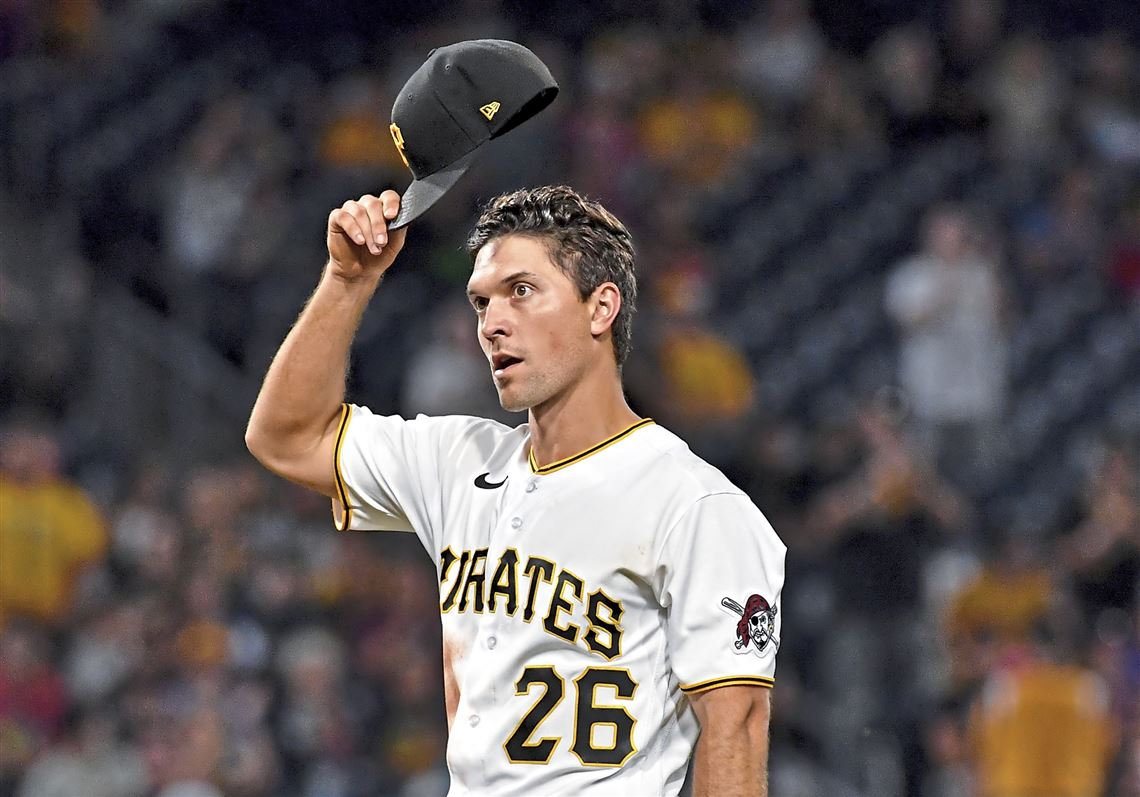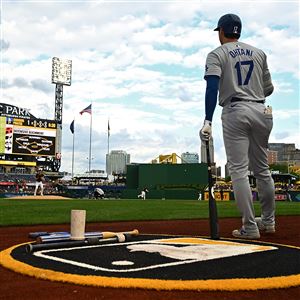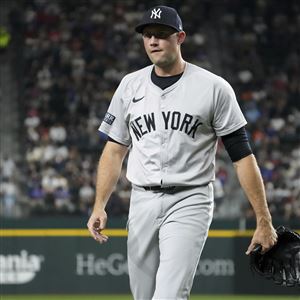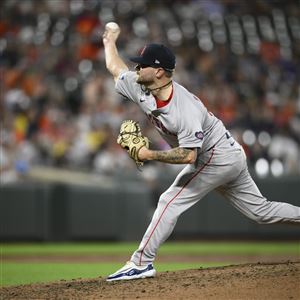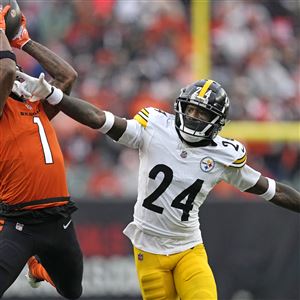On Wednesday morning, the Pirates officially announced the return of Adam Frazier. Once a staple in Pittsburgh’s lineup, Frazier, now 33 years old, returned on a one-year major league deal worth $1.525 million to the club that drafted him.
While fans were largely fond of the utilityman during his time on the North Shore, Frazier’s return brought forth a handful of questions from the club’s supporters. In an offseason that has been largely underwhelming, some are struggling to make sense of the Pirates’ choice to sign the aging player, who looks to be on the back nine of his career.
In less than two weeks, the Pirates are set to officially report to Bradenton, Fla., for the start of spring training. Frazier will rejoin his old club, hoping to make the most of his opportunity. If you’re wondering what he will provide to this year’s roster, you’re certainly not alone. Let’s take a look at what value Frazier could bring to the Pirates — and if he was the best candidate available to fill his intended role.
Is Adam Frazier an everyday player?
Let’s start here. No, Adam Frazier is no longer an everyday player — or at least he shouldn’t be. While he was a reliable contributor throughout his time in Pittsburgh, most notably earning an All-Star nod in 2021, the player Pirates fans remember no longer exists.
Frazier’s game has steadily regressed since the Pirates traded him to San Diego in July 2021. He has spent each of the past three seasons with a different team, and his playing time has reduced each year. Last season, Frazier appeared in just 104 games for the Royals, hitting .202 with four home runs and a .576 OPS. This dip in offensive production has been largely attributed to his decline in bat speed, which was once his greatest strength.
Although the Pirates have had no issue depending on reclamation projects to be everyday contributors in years past, Frazier likely won’t fall into that category. His primary position, second base, is held by Nick Gonzales, who took a notable step forward as both a hitter and fielder last season.
Others such as Jared Triolo or Nick Yorke would likely be next in line as an everyday option at second base should Gonzales underperform in 2025. And while Frazier’s defensive versatility could create opportunities to contribute at other positions, the most obvious being right field, his offensive abilities don’t project to be an upgrade over the likes of Joshua Palacios or Jack Suwinski, who, like Frazier, both hit from the left side of the plate.
So what does he provide?
Is Adam Frazier a better player at this point in his career than Enmanuel Valdez? That’s the question the Pirates are looking to answer this spring.
The Pirates’ crop of infielders contains a lack of left-handed bats. Of the four projected infield starters — Spencer Horwitz, Gonzales, Isiah Kiner-Falefa and Ke’Bryan Hayes — only Horwitz hits from the left side. And the group of reserves — Triolo, Yorke, Billy Cook, Liover Peguero and Alika Williams — are all right-handed hitters.
Aside from Horwitz, Tsung-Che Cheng and Valdez were the two other left-handed infield bats on the Pirates’ 40-man roster prior to Frazier’s signing. The former has played just six games in Triple-A, while the latter has played in only 125 major league games and was acquired from Boston in December in exchange for the Pirates’ 19th-round pick in last year’s draft.
Ji Hwan Bae could also be included on this list, although his defensive versatility is more limited than those listed above. Even so, looking through those names, would it be fair to view Frazier as a better option, at least for the start of the season? As stated above, Frazier should no longer be viewed as an everyday player. His role on the 2025 Pirates will be as the second infielder off the bench, a left-handed alternative to Jared Triolo.
Frazier’s defense is not game-changing but should be fine for the role he looks to hold. He was responsible for five defensive runs saved at second base last season, 11th most among big leaguers who logged at least 250 innings at the position and one spot behind Triolo. His range at second is above average, per FanGraphs, and he still boasts the ability to be a league-average defensive fill-in at third base and both corner outfield spots if used in small spurts.
Were there better options?
Could the Pirates have found a better utilityman than Adam Frazier? Absolutely. Could they have found a better option through free agency to fill Frazier’s exact role: left-handed-hitting backup infielder with big league experience? Well, probably not.
Again, we’re not talking about the quality of the overall player here. We’re talking about who was available to fill this specific role. Looking at the remaining free agent market, there were a few alternatives. Jorge Polanco and Yoan Moncada are a pair of switch hitters who can play multiple infield positions. Both, however, are likely looking for a better opportunity with regards to playing time and money.
This logic also applies to the trade market. Most of the names one will find more appealing than Frazier fit that category. If they’re truly a better player, then they will be searching for something more than a $1.525 million contract to be a backup in Pittsburgh.
In conclusion
Frazier’s signing shows the Pirates front office is happy with the infield’s projected starters. This move wasn’t made to dramatically upgrade the starting lineup but rather the depth within the cast of reinforcements.
If Frazier doesn’t perform, the club will be more likely to part ways with him midseason than they were last year with Rowdy Tellez and Michael A. Taylor. Why? Because unlike those two, this player wasn’t acquired with the intention to be a regular starter.
Make no mistake — there are still more than a few holes in the Pirates lineup. The infield projects to have a noted lack of power, and there still is a gaping, unaddressed hole in right field. Frazier won’t fix these issues, and the Pirates know this. That was never his intended purpose.
Selected by the club in the sixth round of the 2013 draft, Frazier is officially a Pirate once again. Pittsburgh has its backup, left-handed infield bat. With that box checked, plenty of work still remains between now and opening day.
First Published: January 29, 2025, 6:05 p.m.
Updated: January 30, 2025, 5:17 p.m.

